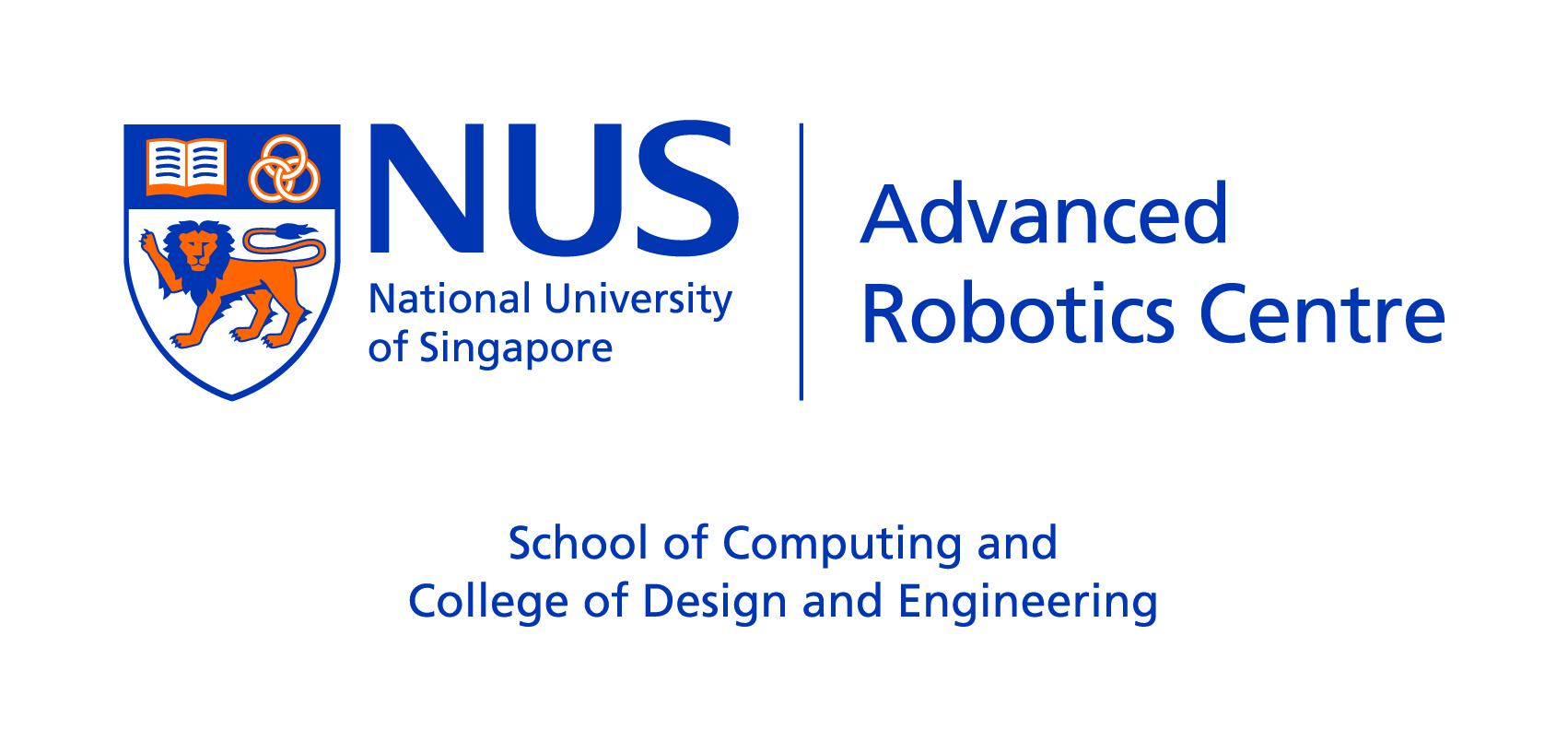Lunchtime @ 8th August 2014
Lunctime Details
| Date & Time | August 8, 2014 @ 12:00 pm to 2:00 pm | |
| Seminar Venue | Executive Classroom COM2-04-02 |
Summary
POMDPs for Robot Autonomy
YE Nan, Post-Doctoral Research Fellow, Department of Computer Science
Online Spatio-Temporal Machine Learning for Robotics
Harold SOH, SMART Scholar, Singapore-MIT Alliance for Research & Technology (SMART)
Design Of A Portable Knee-Ankle-Foot Robot For Gait Rehabilitation
CHEN Gong, PhD Student, Department of Biomedical Engineering
Abstract
POMDPs for Robot Autonomy
YE Nan, Post-Doctoral Research Fellow, Department of Computer Science
Autonomous agents often face the uncertainties in the world, like imperfect control, sensor noise, partially observed state of interacting entities. This entails trading off between information gathering actions and goal achieving actions. POMDPs provide a general framework for formulating and solving this problem as a sequential decision problem aiming to maximize the performance on average. In this talk, I will briefly introduce this powerful framework, and show how our DESPOT algorithm — a state-of-the-art anytime online POMDP algorithm — has been successfully applied to the task of autonomous driving in a crowded region. I will conclude the talk by the mention of some applications of POMDPs to robotic tasks in the literature.
Online Spatio-Temporal Machine Learning for Robotics
Harold SOH, SMART Scholar, Singapore-MIT Alliance for Research & Technology (SMART)
In this introductory talk, we’ll explore the intersection space between modern machine learning and robotics. Specifically, we’ll discuss an online (iterative) Gaussian process for Spatio-temporal prediction, with a focus on robotics applications: learning-assistance-by demonstration on a smart wheelchair and learning-objects-by-touch on the iCub humanoid platform. If time permits, we’ll also discuss multi-sensor/robot localization using a variational Bayesian model.
Design Of A Portable Knee-Ankle-Foot Robot For Gait Rehabilitation
CHEN Gong, PhD Student, Department of Biomedical Engineering
Robotic devices have significant potential to aid stroke patients in delivering lower limb rehabilitation therapies. However, portable robots are not yet well proposed to provide overground gait training. We developed a knee-ankle-foot robot, which is compact, modulus, and portable for stroke patients to carry out over-ground assistive gait training. This design is inspired by the gait biomechanics. The mechanical structure is carefully designed and optimized based on the biomechanics of gait to provide full support to knee ankle joints. The prototype of the robot has been tested on two healthy subjects. Different level of assistance was provided to both knee and ankle joints during the squatting and overground walking motion. Major muscles of both knee and ankle joints reduced their activation (Electromyography EMG) gradually, indicating the robot has the ability to provide effective torque during the gait cycle and helping subjects doing overground rehabilitation training.
Lunchtime Seminar
The ARC Lunchtime Seminar series aims to promote interaction within the NUS robotics community. Each seminar consists of 2-3 short talks of 10 minutes each to showcase the latest work by researchers and students. It also provides a forum for discussing the recent advances and trends in robotics.
The seminar series will be usually held from 12:00-13:00 on the first Friday of every month when the university is in session. All NUS members with interest in robotics are welcome to join. Free boxed lunch will be provided.
About Advanced Robotics Center (ARC)
ARC was established in 2013 with support from both the Faculty of Engineering and the School of Computing. The goal of ARC is to lead and support robotics research in NUS and in Singapore, and over time, gain international recognition as a peak of excellence in robotics research. One core research theme of ARC is human-centered collaborative robotics, with the goal of developing the scientific foundations, technologies, and integrated platforms that enable symbiotic human-robot interaction and collaboration.
Directions
Internal shuttle bus A, B, and D stop right in front of COM2. Turn right after entering COM2. Follow the staircase to the 4th floor and turn right.
Back to Robotics@Lunchtime
